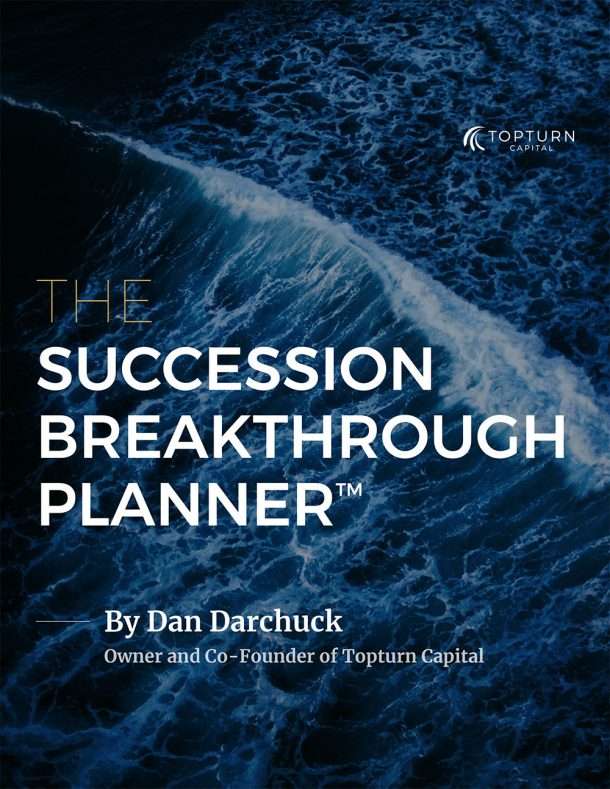Recently, while on a driving trip through Wyoming, I invited my daughter and her husband, who live just across the border in Idaho, to join me for a day at Yellowstone National Park. Despite living only an hour’s drive from the park’s entrance, it turned out they had never been there, so we decided to enjoy the experience together!
We embarked on a tour of the Grand Loop, which, we were told, involves anywhere from 4 to 7 hours of driving through some of Yellowstone’s most noteworthy attractions. We saw some truly outstanding scenery, including beautiful waterfalls, bubbling mud pits, and of course the famous geyser, Old Faithful. At one point during our drive, while making our way through a large meadow, we spotted an enormous (and important) herd of bison.
Bison are much larger than the domestic cattle we might be a little more used to, with males weighing up to 2,000 lbs. Aggressive and living wild in this area since prehistoric times, this herd was truly impressive to see from a distance. Close up, and individually (as we were soon to find out) they are even more awe inspiring. As we drove closer to the herd, we saw one bull making his way toward the road, which he then stepped to the middle of… and abruptly stopped on. Given his sheer size, so did we.
The bison stood, blocking both lanes of traffic, observing the humans that were observing him. We sat there for a while and soon came to realize why the projected driving time on the Grand Loop “ranges” from 4 to 7 hours. You never know when you’ll be stopped by a bison!
Eventually, he decided it was time to move on – in our direction! He passed within a few feet of our car, and suddenly swung his head – right into a car behind us! While we made it out of Yellowstone in one piece, we were really only a few feet away from making the news. Certainly, the folks behind us had an even better story to tell, and some repair issues to deal with.
When you’re staring down any type of potentially monumental event, it’s hard to anticipate with any accuracy what will happen next. Is the bison going to run into you… or just pass you by?
This year has already had its share of bison equivalents, with the pandemic, recession, market fluctuations, and most recently fires in California. Now another king-sized event is on the way, and I am of course referring to this November’s presidential election, and its implications for the financial markets.
As you well know, the current president is finishing up his first term and has the opportunity for a second. The last incumbent president to lose an election was George H. Bush in 1992, which means a large number of younger investors have not experienced the uncertainty that comes with that possibility. Add in a recession and a global pandemic and we have the makings of a particularly unusual election year.
People often vote with their feelings, and a recession – which brings about a lot of negative feelings – can historically be one of the worst environments for a sitting president looking to win an election. We can assume that some people may view the current recession as an exogenous shock outside of the control of this government. Clearly the virus did not start as a result of policy, and to some degree the financial fallout has been mitigated with stimulus. A typical recession would not historically result in the kind of stimulus support that would help people pay the bills, put food on the table, and avoid eviction.
That said, given the unique situation we find ourselves in, with challenges of sizes and shapes we haven’t seen before – certainly not together – does history have much to tell us? Is looking at the past realistically going to give us any hint of how the future might unfold? Predictions are rarely accurate to begin with, and in these circumstances, they can be even less reliable. However, history can still give us a bit of a backdrop which may provide insight.
Parties and Presidents in an Election Year
In our two-party system, whether a Republican or Democrat comes into power makes a difference – at least, in the election year itself. Whether that president is new to the role or an incumbent also has an impact.
Since Republicans generally hold themselves out as being more supportive of business, when a sitting president from that party loses, the market reaction is the most negative. When an incumbent Republican president wins, the initial market reaction is the most positive.
An incumbent Democrat president continuing their role comes in second to an incumbent Republican for market reaction, and that same president leaving office comes in third.
The negative reactions when an incumbent of either party loses can be anecdotally linked to fear and uncertainty. The market doesn’t like change all that much, and can be sensitive when changes occur, as the impact that change will have on business is unknown, at least in the short term.
When an incumbent loses an election, regardless of the party involved, volatility tends to be higher than average until such time as the intentions of the new leader start to be known.
Weakness in the market after a Republican presidential loss has reversed in previous post-election years, with some of the greatest historical bounces occurring in these circumstances. The silver lining in any case is that initial pain may not necessarily be sustained for long periods of time (according to historical data).
Incumbent Presidents in a Recession
Historically, when there has been a recession, or a 20% market drop in an election year, the incumbent president doesn’t tend to be invited back. The last president to win reelection after such a situation was Truman in 1948. That’s 72 years without a recession year win for any incumbent. If we look back even further to the year 1900, there have been a few more, but out of 14 election year scenarios where a recession or significant market drop occurred, only 5 sitting presidents have ever won a second term.
Both a recession and a drop of more than 20% in the DJIA have occurred in 2020. History has not been kind to presidents facing stock markets and economies like these. Again though, this has been an incredibly unusual year, with more liquidity than was provided than in the financial crisis, and the most stimulus since 1965. Stimulus of any kind can make a president popular, and the current administration has certainly provided a stimulative jolt.
The big question will be whether the stimulus continues to steady the economy between now and election day. If you would have told me that the S&P 500 would be hitting record highs, despite extremely high unemployment in the midst of a worldwide pandemic, I would have said that’s not a very probable scenario. You would think that the markets would react negatively to this collection of unusually catastrophic events and yet… here we are hitting highs. Whether the market is guessing right or wrong remains to be seen.
Polls and Approval Ratings, and Presidential & House Power
In normal times, Trump’s low approval ratings would be an ominous signal. In the past, presidents with ratings this low in an election year did not sit in the Oval office again the following year. Trump’s recent 38% approval ratings are far below the threshold for reelection of past presidents, with 47% being the lowest for any incumbent (Obama in 2012).
For what it’s worth, what happens after one party or another wins the election also has an impact. Historically, the markets have been happiest with a Democratic president and a Republican house, followed by a Democratic president with a split house.
The bottom line is that we don’t know where this election year is going to take us, and we are a little less confident in what the historical data can tell us given the unique situation in 2020. What we do know is that the market will react, one way or another, to the outcomes as they arrive. Either way, the one constant is that navigating through unusual times means being aware of the risks, being prepared to respond to them, and having a well-thought out plan that will help us remain ready to make sound decisions.
Greg Stewart | CIO


